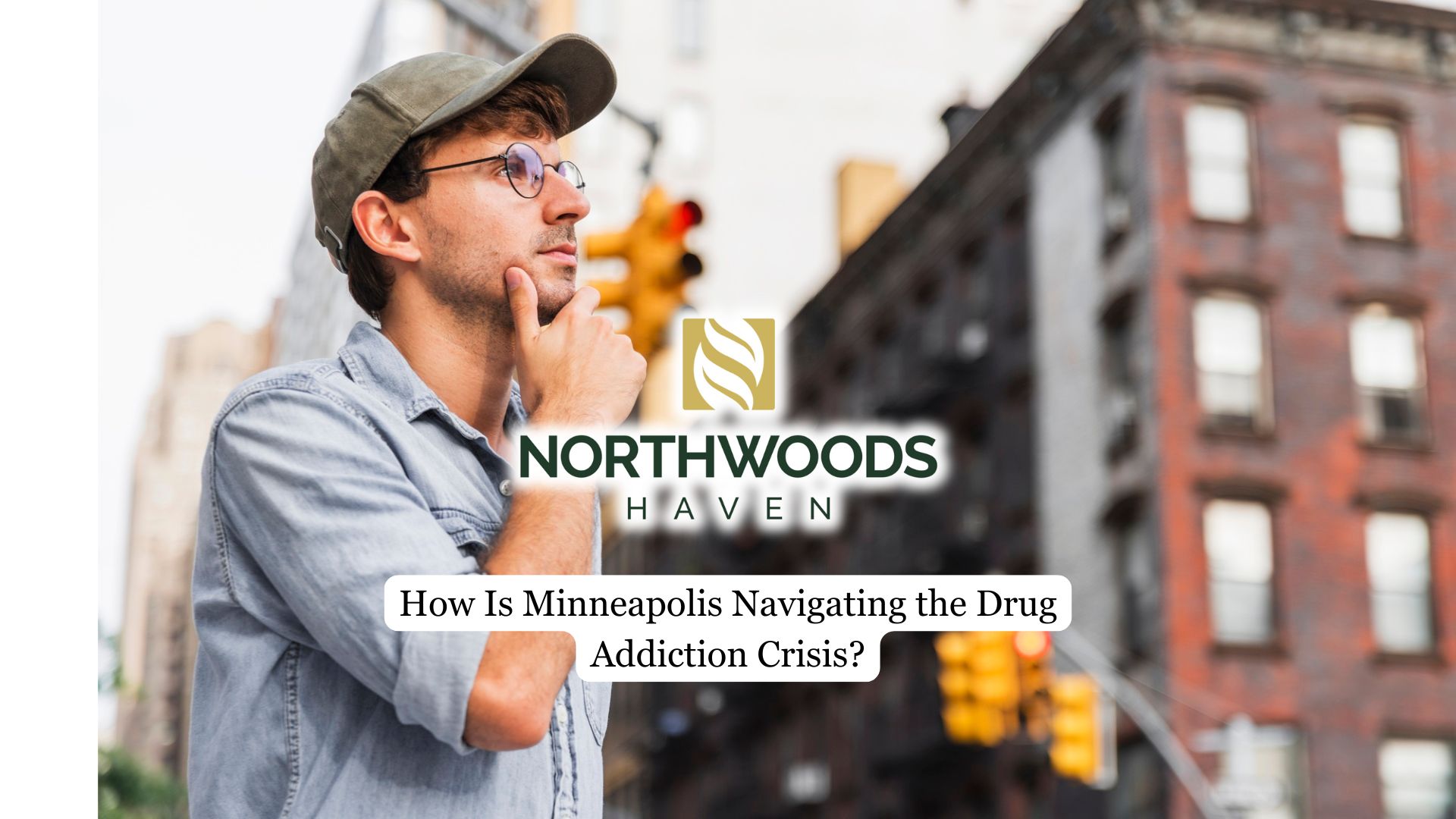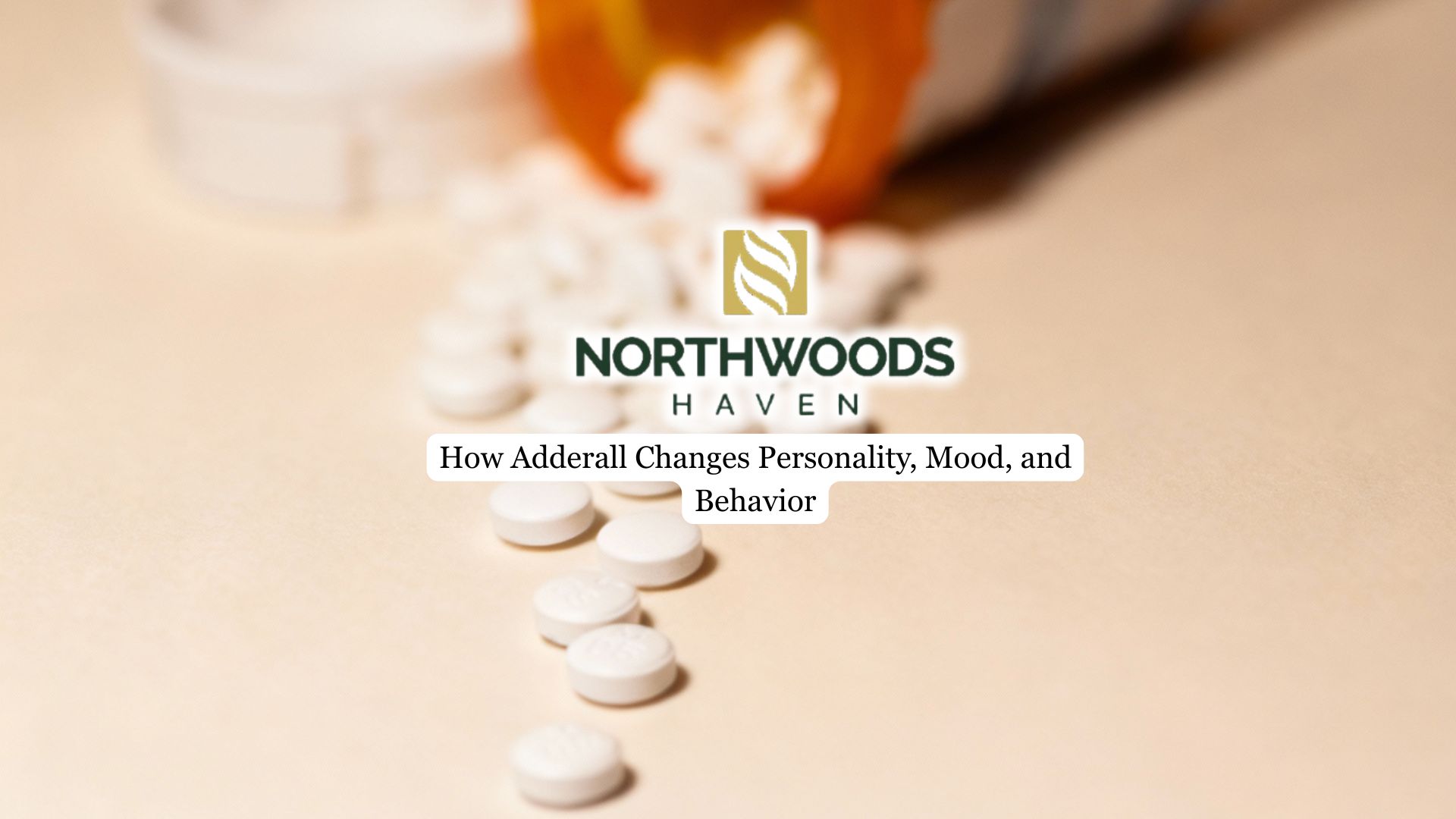Minneapolis, like numerous other cities throughout the United States, is confronting a dire drug addiction epidemic that has taken hundreds of lives and impacted innumerable families. In recent years, the city has witnessed a substantial rise in opioid-related fatalities, with fentanyl emerging as the main culprit.
As the city navigates this crisis, it is faced with the twofold challenge of reducing overdose deaths while simultaneously addressing the underlying factors that contribute to substance abuse.
Opioid Crisis Overview
Minneapolis’s opioid crisis has reached alarming levels, with fentanyl playing a central role in the surge of overdose deaths. This synthetic opioid, 50 times more potent than heroin, was suspected in 92% of the city’s non-fatal overdoses in 2021. Fentanyl’s pervasiveness has led to a 130% increase in overdose fatalities from 2017 to 2021, highlighting the severity of the addiction crisis in the community.
The epidemic’s impact is felt disproportionately among American Indian and African American populations, with significant rises in opioid-related deaths in these communities.
Despite a slight decrease in U.S. opioid-related deaths from 2022 to 2023, Hennepin County’s mere 1% drop underscores the persistent challenges faced by Minneapolis in addressing the crisis.
As Minneapolis forges ahead in its fight against drug addiction, programs like Northwoods Haven’s IOP play a crucial role in supporting those on the path to recovery.
Methamphetamine Resurgence
You’ve likely heard about the alarming rise in overdose deaths involving meth, which has affected various demographics and individuals with co-occurring substance use disorders. Between 2020 and 2022, the proportion of these deaths in Minnesota skyrocketed, highlighting the drug’s growing prevalence in the illicit market.
The Minnesota Department of Health reports that meth is often found in combination with other substances, complicating treatment efforts and increasing overdose risks.
Local health authorities also indicate that non-fatal overdoses involving meth have risen, reflecting broader trends in substance misuse within communities. This resurgence underscores the need for comprehensive harm reduction strategies and targeted public health initiatives to address the evolving landscape of drug addiction.
Public Health Impact
In 2022, Minneapolis accounted for nearly a quarter of Minnesota’s opioid deaths, despite comprising only 8% of the state’s population. This stark disparity highlights the severity of the crisis in the urban center. The city has experienced a significant increase in opioid-related deaths, with fentanyl emerging as the primary cause. From 2021 to 2022, Minneapolis saw a 24% rise in opioid fatalities.
The crisis has not only led to a surge in deaths but has also strained healthcare systems, increased the prevalence of infectious diseases associated with intravenous drug use, and contributed to a rise in homelessness and mental health issues.
The impact goes beyond those directly affected by addiction, touching families, communities, and the city’s overall public health infrastructure. The crisis has also exacerbated existing health disparities, disproportionately affecting communities of color and underserved populations in Minneapolis.
Read more about the insurance coverage policies of IOPs for addiction treatment and how to maximize your benefits.

Harm Reduction Strategies
By emphasizing the potential for recovery and integrating harm reduction with comprehensive treatment approaches, Minneapolis aims to address the drug addiction crisis effectively.
Syringe services programs not only offer safe disposal options but also educate individuals on safer drug use practices, contributing to harm reduction efforts. You’ll also see the importance of safe storage and disposal practices for medications to prevent unauthorized access and potential misuse, ultimately reducing opioid-related harm.
Community initiatives, such as the Hennepin County Sherriff’s Office offering free naloxone training and disposal bags, further enhance local harm reduction strategies.
Treatment and Recovery Resources
The city has seen a notable increase in treatment options, including personalized recovery plans and medication-assisted treatment (MAT), which combines medication with therapy to support individuals in overcoming opioid addiction.
By collaborating with local organizations and public health agencies, Minneapolis is strengthening community resources to create supportive environments for those seeking recovery from substance use disorders.
Recovery programs in Minneapolis focus on addressing the underlying emotional issues tied to grief and trauma, recognizing that addiction often stems from complex personal struggles. These programs emphasize holistic approaches that cater to the diverse needs of individuals battling addiction, ensuring that they receive comprehensive support throughout their recovery journey.
These are the top considerations one should look into carefully when searching for the right addiction treatment facility.
Final Thoughts from Northwoods Haven Recovery
The city’s response shows progress in addressing substance use disorders, but the journey to healing and recovery continues for many affected individuals and families. Northwoods Haven offers hope to those seeking support in their recovery journey through its Intensive Outpatient Program (IOP) in Minneapolis. Our program provides a structured and comprehensive approach to addiction treatment, allowing individuals to receive high-quality care while maintaining their daily responsibilities.



